SOURCE: AFI

The Indian Army is bolstering the battlefield survivability of its tank fleet by integrating Saab’s Mobile Camouflage System (MCS) onto its T-90 and T-72 tanks. This move signifies a significant step towards enhanced protection for armored vehicles.
Tanks are most susceptible to detection and attack when they are mobile. Saab’s MCS aims to address this critical challenge.
Continue readingSOURCE: RAUNAK KUNDE / NEWS BEAT / IDRW.ORG
The US defence industry is ramping up its efforts to secure a foothold in India’s massive military modernization plans. Following its offer to co-develop Stryker-based armoured vehicles, the Pentagon now sets its sights on the colossal Future Ready Combat Vehicle (FRCV) program.
The FRCV project, valued at Rs 57,000 crore, aims to replace India’s ageing fleet of T-72 tanks with 1,770 next-generation combat vehicles by 2030-35. These advanced machines will boast cutting-edge features like Artificial Intelligence (AI), integrated drone capabilities, and active protection systems.
Continue readingSOURCE: RAUNAK KUNDE / NEWS BEAT / IDRW.ORG
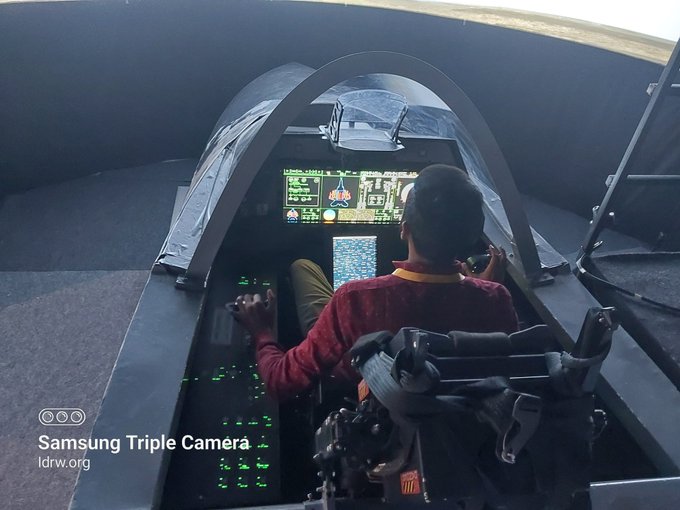
The Indian Air Force’s (IAF) dream of a homegrown fifth-generation fighter jet, the Advanced Medium Combat Aircraft (AMCA), is inching closer to reality. Following approval from the Cabinet Committee on Security (CCS) earlier this year, the development program has received a significant boost.
According to information obtained by idrw, the first prototype of the AMCA is expected to take flight within the next four and a half years, placing its first flight in late 2028. Industry sources have revealed that while the rollout of the first prototype might happen by late 2027 or early 2028, work on the second prototype will progress simultaneously. This ensures the second aircraft is ready to join developmental flight trials by 2029.
Continue readingSOURCE: RAUNAK KUNDE / NEWS BEAT / IDRW.ORG

The Indian Air Force (IAF) is reigniting its quest for a new fleet of helicopters to transport the country’s VVIPs, including the President, Vice President, and Prime Minister. This move comes nearly a decade after the controversial AgustaWestland deal collapsed due to corruption allegations.
The IAF headquarters is currently finalizing the Air Staff Quality Requirements (ASQR) document, which outlines the essential characteristics of the desired VVIP helicopter. This crucial document dictates factors like quality standards, technical specifications, budget constraints, and the level of competition expected from potential bidders.
Continue readingSOURCE: AFI
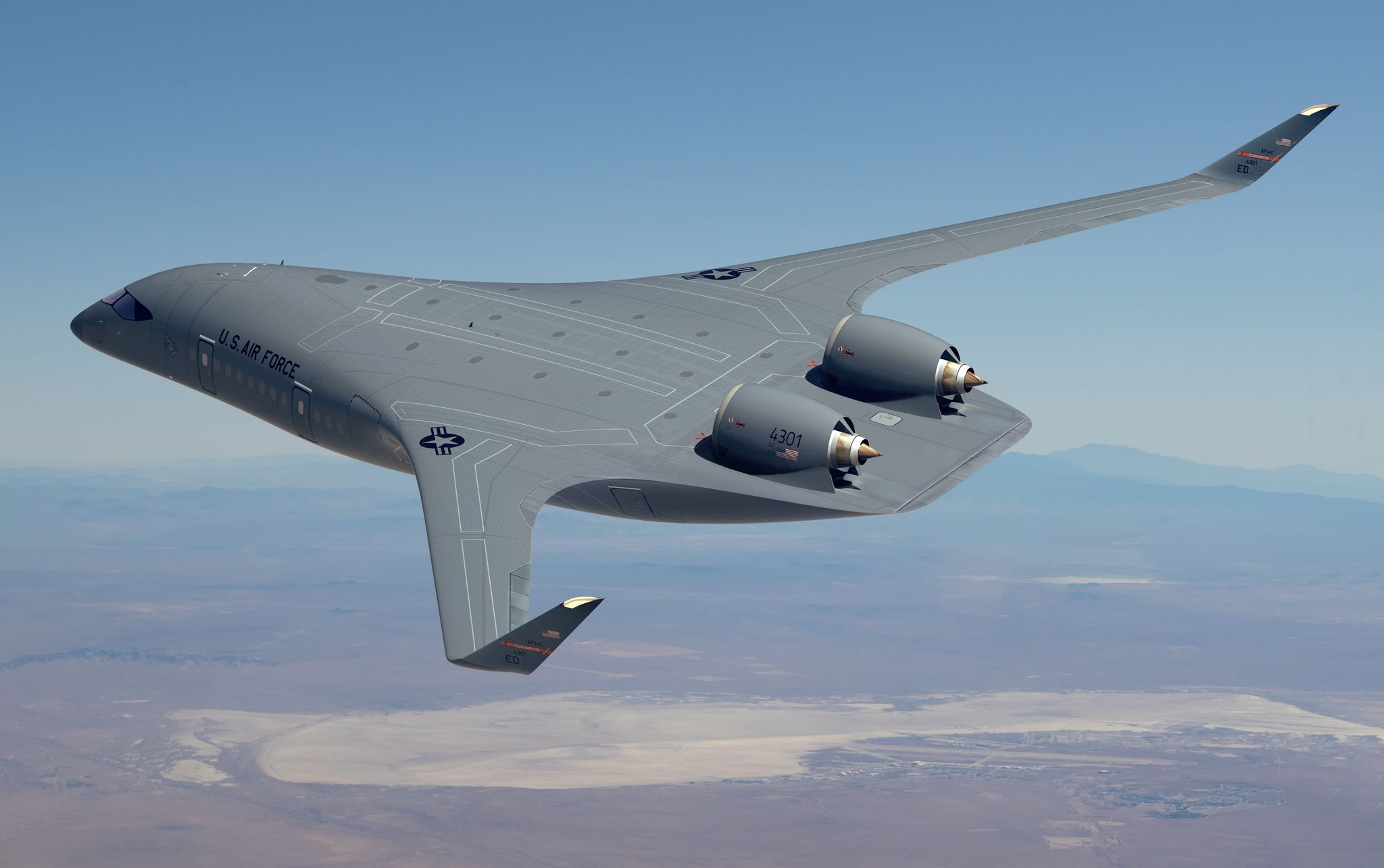
The future of the C-17 Globemaster III, a workhorse military transport aircraft, is a topic of debate. While current operators like India yearn for more, the question remains: should production resume with the existing design, or should a modernized version take flight? The C-17 boasts an impressive track record, with a high mission capable rate and a loyal following among operators like the Indian Air Force (IAF). However, production ended in the early 2010s. Restarting production with the exact same configuration might not be the most efficient use of resources.
Creating a completely new, more advanced C-17 variant solely for a limited number of aircraft might not be cost-effective. The IAF, with its desire for just two additional C-17s, exemplifies this challenge.
Continue readingSOURCE: AFI

The Central Reserve Police Force (CRPF) is contemplating a larger order for the sophisticated Wheeled Armoured Amphibious Platform (WhAP) vehicles after witnessing their impressive performance in Kashmir. These advanced 8×8 vehicles, capable of operating both on land and in marshy areas or streams using water jets, were inducted last year and have proven to be a valuable asset in anti-terror operations.
The WhAP vehicles, also known as TATA Kestrel, have been jointly developed by TATA Motors and the Defence Research and Development Organisation (DRDO). Designed to carry 12 equipped soldiers, including the driver, these vehicles are built to provide high mobility and enhanced protection in diverse terrains and combat scenarios.
Continue readingSOURCE: AFI

Since the comprehensive reforms initiated in 2015, the People’s Liberation Army (PLA) of China has significantly shifted its focus towards preparing for modern combat in the “Information Age.” The reforms aim to integrate various services, arms, and systems into a cohesive, network-centric fighting force capable of conducting joint operations.
A critical component of this strategy is the PLA Western Theater Command (WTC), which has been proactive in securing China’s southern and southwestern borders, preparing for diverse warfighting scenarios, and acclimating its personnel to the challenging terrains of Xinjiang and Tibet.
Continue readingSOURCE: AFI
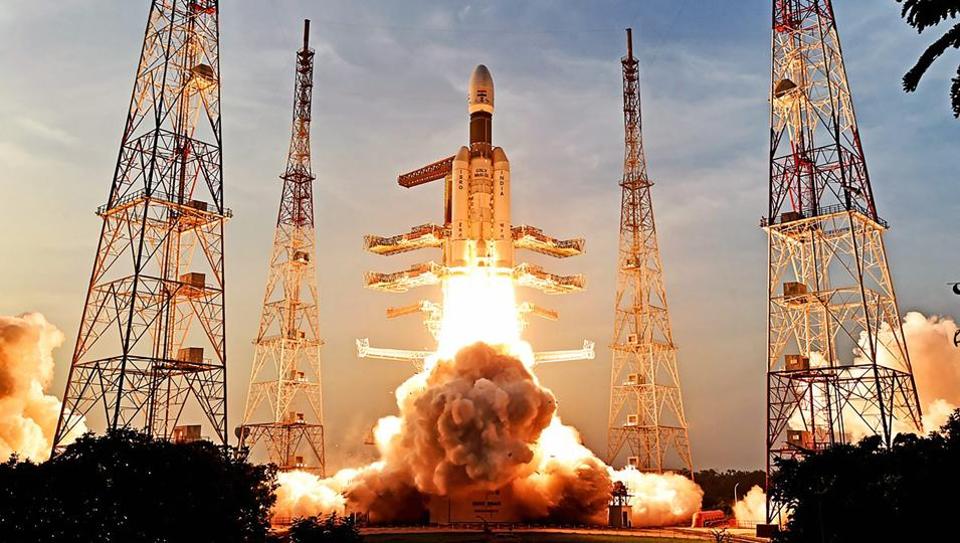
In the annals of space exploration, India’s journey to the stars is a tale of remarkable ambition, ingenuity, and resilience. A recent book sheds light on the lesser-known but crucial contributors to India’s first rocket projects, offering an enriching perspective on the collective effort that powered the nation’s ascent into the space age.
India’s foray into rocketry began in the early 1960s, a time when the nation was still grappling with the challenges of post-independence reconstruction. Amidst this backdrop, a dedicated group of scientists and engineers, often working with limited resources, laid the foundation for what would eventually become the Indian Space Research Organisation (ISRO).
Continue readingSOURCE: IDRW.ORG

NewSpace Research and Technologies (NRT), a Bengaluru-based aerospace and defense R&D company, has successfully conducted a field demonstration of its autonomous Uncrewed Aerial Vehicles (UAVs) in a challenging GPS-denied environment. This showcase, dubbed “Swarm in the Wild,” highlighted the impressive capabilities of NRT’s swarming UAV technology.
The demonstration kicked off with a single command triggering the autonomous take-off of the entire swarm. This signifies a high degree of coordination and control over the individual UAVs.
Continue readingSOURCE: IDRW.ORG
Lokesh Machine Limited has been awarded a contract worth ?42.6 million by the Northern Command of the Indian Army. The order, secured on May 31, 2024, involves the supply of submachine guns known as the 9×19 mm Machine Pistol (ASMI) along with accessories.
The Indian Army is expected to take delivery of the complete order by September 28, 2024. Notably, Lokesh Machine Limited was the second-lowest bidder (L2) in the tender, with Jindal emerging as the lowest bidder (L1).
Continue readingSOURCE: AFI
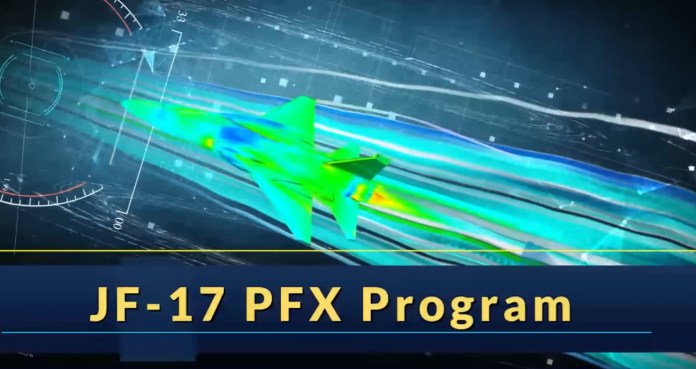
The Pakistan Air Force’s (PAF) plans for the JF-17 fighter jet remain shrouded in some mystery. Earlier this year, the announcement of the JF-17 PFX program sparked speculation about the future of this workhorse aircraft. While details remain unclear, recent developments suggest the PAF is aiming for a significant upgrade.
In November 2023, the PAF inducted the most advanced variant of the JF-17 to date, the Block III. This version boasts improvements in maneuverability, range, and combat capabilities, solidifying the JF-17’s position as a vital part of the PAF’s arsenal.
Continue readingSOURCE: AFI

The Indian space sector is witnessing a surge in private participation, with at least 10 companies expressing interest in building the country’s most powerful rocket, the LVM3. This initiative is driven by NSIL (New Space India Limited), the commercial arm of ISRO (Indian Space Research Organisation).
Last week, companies that purchased the Request for Qualification (RFQ) document attended a pre-bid meeting. NSIL will now shortlist a select few to participate in the bidding process.
Continue readingSOURCE: AFI

Australia quietly expelled at least four Indian intelligence officers in 2020, according to an investigation by the Australian Broadcasting Corporation (ABC). These agents, some allegedly posing as diplomats, were found to be targeting sensitive information, raising concerns despite outwardly strong diplomatic ties between Canberra and New Delhi.
The report details Indian efforts to acquire classified data on Australian defense technology, airport security protocols, and trade relations. The spies reportedly cultivated relationships with politicians, a foreign embassy, and a state police service. They even attempted to obtain information from a public servant regarding security measures at a major airport.
Continue readingSOURCE: AFI
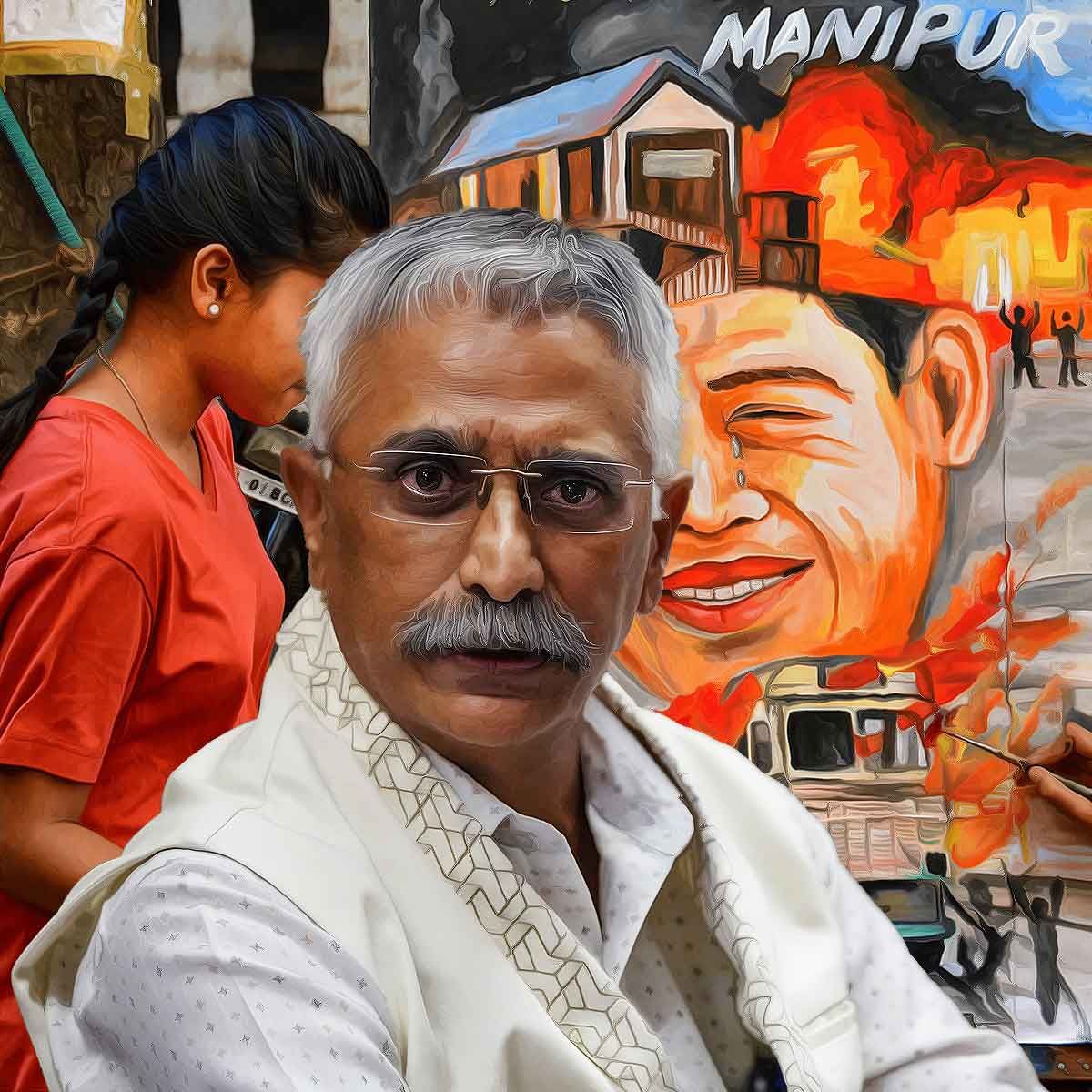
General (Retd.) MM Naravane, former Chief of the Indian Army, recently expressed concerns about China’s growing influence in Myanmar and its potential impact on India’s northeastern region.
In response to reports of Chinese weapons being supplied to Myanmar coinciding with unrest in India’s northeast, particularly Manipur, Gen. Naravane highlighted China’s strategic maneuvering. He stated that China, with its long shared border with Myanmar, is “fishing in troubled waters” – exploiting instability for its own gain.
Continue readingSOURCE: AFI

At Eurosatory 2024 in Paris, the future of armored warfare is on full display as leading defense manufacturers unveil cutting-edge tank designs with advanced features and capabilities. Highlighted below are the significant innovations presented by KNDS and Rheinmetall, showcasing the next generation of main battle tanks (MBTs) set to redefine the battlefield.
KNDS: Leopard 2 A-RC 3.0
Continue reading